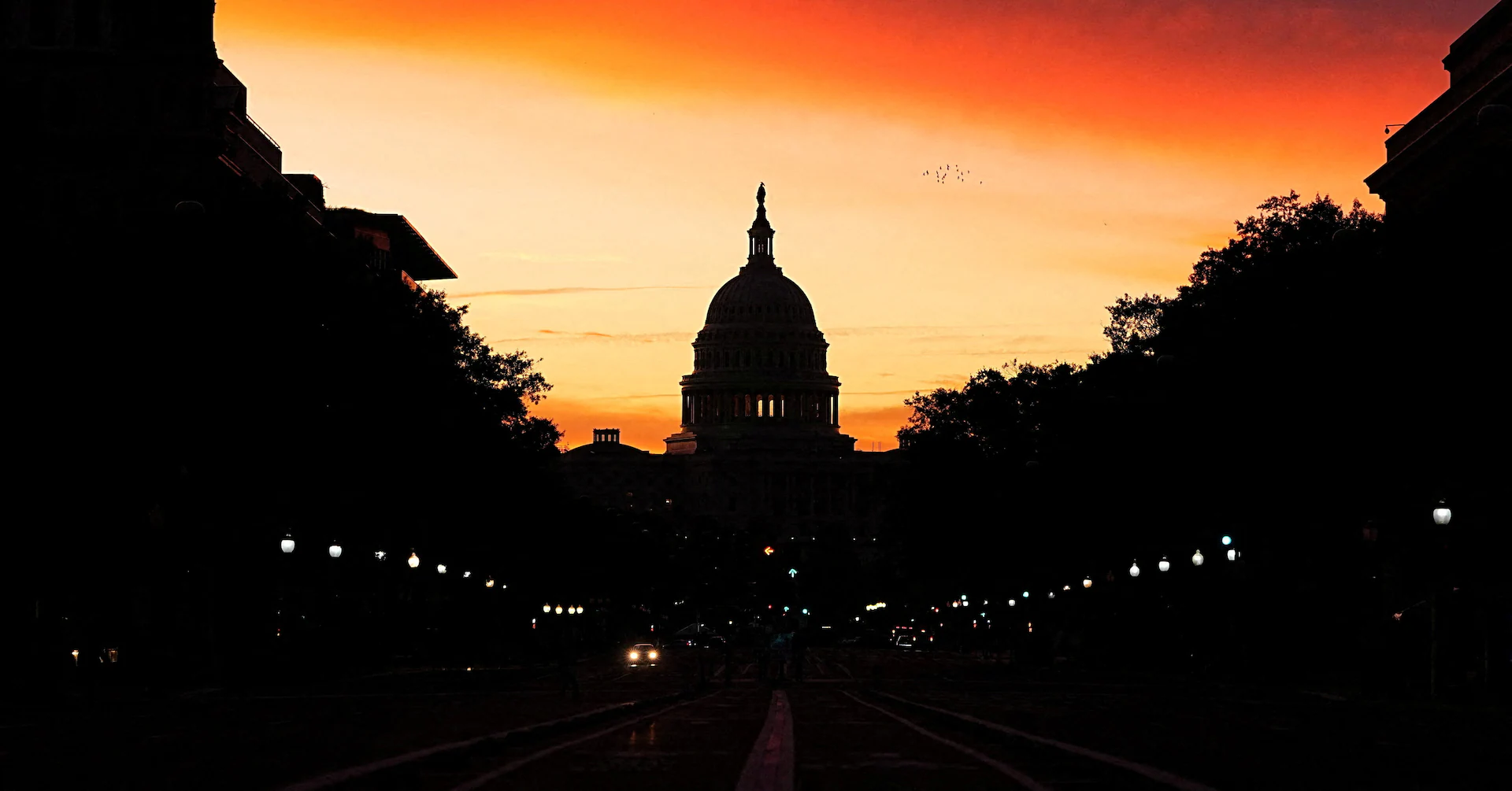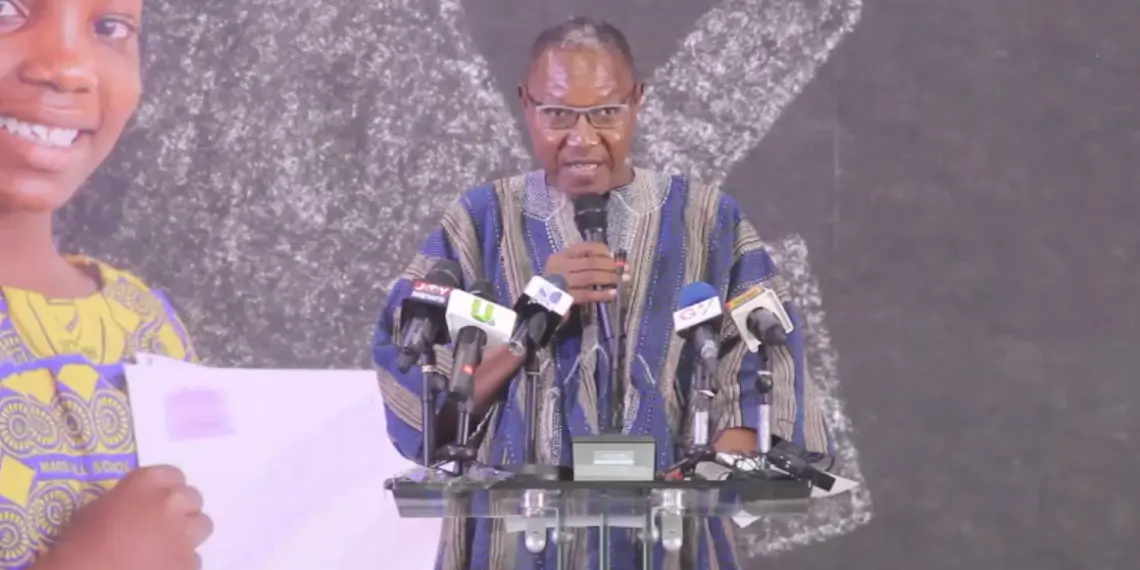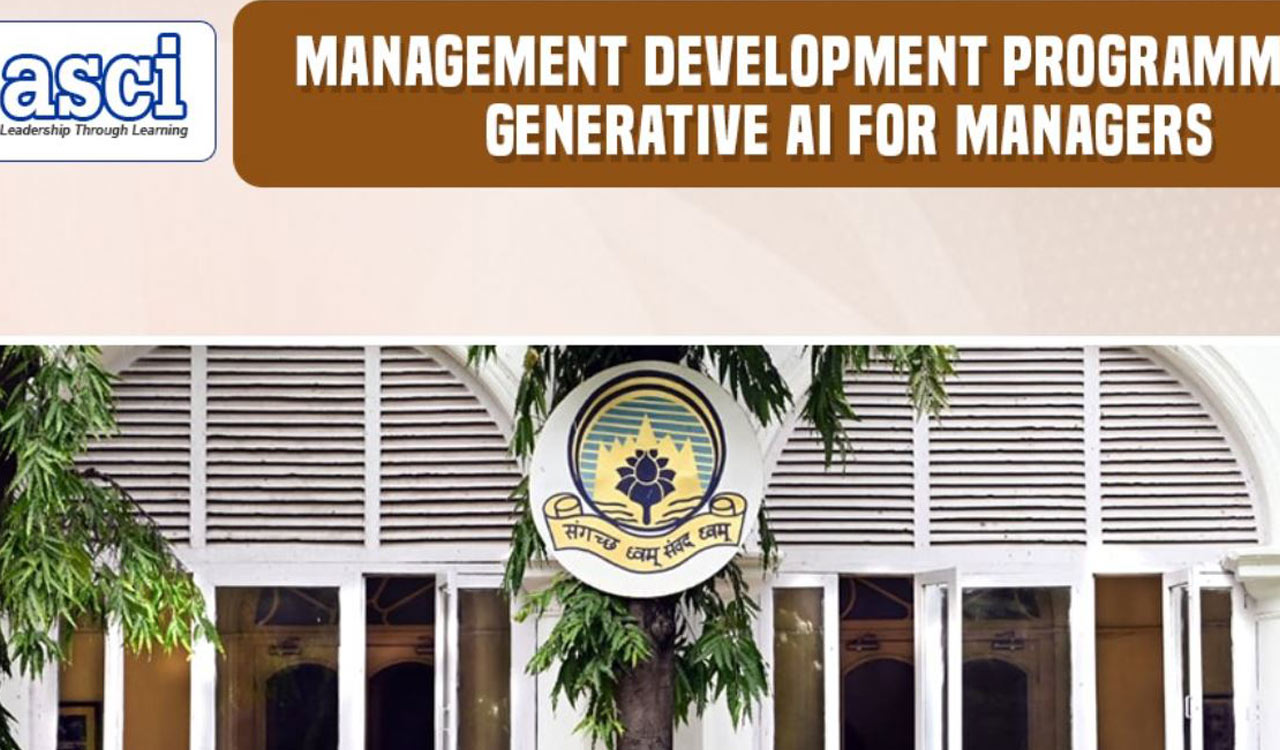Copyright forbes
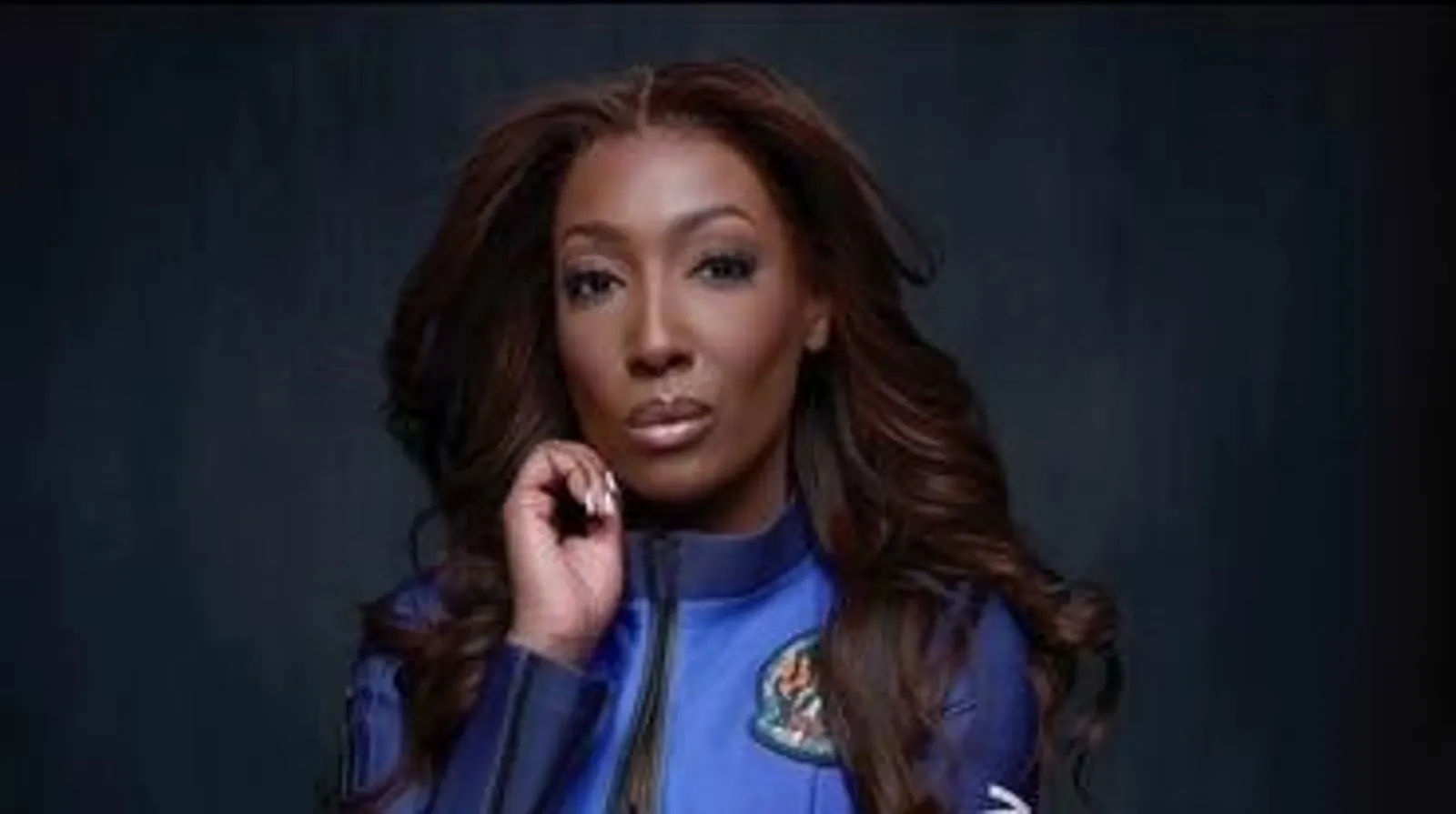
Aisha Bowe, Founder & CEO of STEMBoard and Lingo Photo Credit: Tabitha Lipkin | Blue Origin When a star-studded crew of women including Gayle King and Katy Perry made their historic trip to space this past April, it sparked an important conversation about who gets access to travel beyond Earth’s atmosphere. The Blue Origin mission, marking the first all-female spaceflight since 1963, lasted just over ten minutes. Yet in that short suborbital journey, it powerfully spotlighted the continued need for equity and representation in space and beyond. In over fifty years of human space exploration, 90% of astronauts have been men, and of the women who have made the journey, fewer than 10 individuals have been African American. With NASA selecting new astronauts only every four years and no Black candidates included in the 2025 class, that conversation about access and inclusion becomes even more urgent. That’s what makes former NASA rocket scientist, serial founder, and one of the first Black women citizen astronauts, Aisha Bowe’s NS-31 flight especially significant. Her historic trip aboard Blue Origin’s New Shepard this year marked a milestone not just in aerospace history but in showing what’s possible for Black women in fields where they have been overlooked. By independently raising funds to secure her seat, she’s charting a new pathway to space, one that expands representation beyond government selection cycles. Bowe’s career spans community college to NASA; international diplomacy as a U.S. State Department STEM speaker; entrepreneurship as CEO of STEMBoard and LINGO; and media, with features like In Her Element from Reese Witherspoon’s Hello Sunshine. She’s earned national recognition including NASA’s Engineering Honor Award, NASA’s Equal Employment Opportunity Medal and the Black Enterprise Luminary Award. Still, Bowe’s journey didn’t start with a clear destination, it began with doubt. “In college, you don’t think you’re capable of achieving because you don’t see people who look like you doing these things,” she said. “But what if you’re wrong? What if everything you’ve internalized about what’s possible is false?” Her shift in thinking fueled three audacious goals: to graduate from university, study aerospace engineering “because that sounded badass,” and work at NASA. That belief in rewriting the limits of what’s possible traces back to her roots. A Father’s Lesson in Determination MORE FOR YOU Before Bowe ever dreamed of reaching new heights, she was watching her father build a vision of his own. In the mid-1980s, her father left the Bahamas for the United States in search of a better life through education. “I have a story that is not so dissimilar to a lot of people whose parents came here looking for opportunities.” Growing up, Bowe didn’t have many examples of what success could look like beyond hard work. “My dad was driving a cab, and my mom was cleaning houses,” she recalled. “I didn’t know any women in math or science. I didn’t know anyone who owned a business. My parents worked so hard to make ends meet, and they would always make a way out of no way. So, I just thought that everybody worked hard and that that was what you did.” Her father’s determination took on new meaning when, in his mid-thirties, he decided to pursue an electrical engineering degree. “His pursuit coincided with me failing high school.” she said. “I was floundering, feeling crushed under the weight of all these expectations for the future.” While she graduated with a 2.3 GPA her father was proving that reinvention was possible at any stage. He enrolled in the same community college where Bowe would later attend. Her father was charting a new future while Bowe was trying to salvage hers. One night, after a long shift behind the wheel, her father discovered a stack of discarded calculus books in the trash. “If you knew my dad, he’s that parent that brings everything home,” she reminisced. “So, he brought those books into the cab and started working through the problems between rides. At night, he’d quiz me on them.” Years later, Bowe found herself enrolled in a calculus class taught by the very author of those same textbooks. “Your reality becomes your perception. And so, the things that I focused on changed,” Bowe said. “It was incremental, but it was progress. I started to realize that how I viewed myself mattered.” A Dream Actualized When Bowe first walked through NASA’s doors, she was determined to earn her place. “From day one, I was trying to figure out, how do I become a federal employee?” Bowe said. “I realized those opportunities only opened up every so often.” Bowe made it her mission to be ready when they did. That mindset fueled her curiosity. She attended every seminar she could, knocked on doors, and introduced herself to anyone who would talk. “People thought I was a tour guide,” she laughed. “I was taking people around, and I was knocking on doors and asking, ‘what do you do?’ The people next to me were working on astrobiology and meteorites and all sorts of things. We had helicopters and flight simulators.” Her initiative eventually paid off. After interning through the summer, Bowe negotiated an extension to stay on and apply for a full-time role. What followed was six years of learning, leadership, and legacy. Through NASA FIRST (Foundations of Influence, Relationships, Success, and Teamwork), a competitive early-leadership development program for early-career employees, Bowe was selected through a rigorous review process by senior leadership. As part of the program, the cohort travelled to multiple NASA centers to learn about the agency’s priorities. The experience took Bowe from Houston’s Neutral Buoyancy Lab to the towering Vehicle Assembly Building at Kennedy. Along the way, she earned NASA’s Engineering Honor Award and Equal Employment Opportunity Medal. “It was a rich six years,” she said. In her time, Bowe mentored students, gave talks, and worked on projects that reminded her that representation isn’t just about being in the room; it’s about helping others find their way in, too. Breaking Up with the Vision Bowe loved her work at NASA. She had earned promotions nearly every year, rising to a GS-13 aerospace engineer in her early twenties. A remarkable feat for anyone, let alone a young Black woman in a field with so few who looked like her. But what began as fulfillment slowly turned into restlessness. “All I’d ever wanted was to graduate and get this job. And day after day, I was like, I know it's not enough,” she said. That realization came from the classroom. Bowe began volunteering in local schools, sharing her journey with students who had never met an engineer before. “I thought I’d just talk to teachers and leave,” she recalled. “But the kids started keeping in touch. They went to engineering school. I started to realize that the story mattered. My story was inspiring students who didn’t see themselves to be in these fields.” Over time, she wanted more flexibility to amplify that impact. What followed was a two-year transition, “There’s a pain people don’t talk about when you’re living your dream and realize it’s not going to be enough,” she said. “It's sort of like a slow breakup.” The turning point came at the Black Engineer of the Year (BEYA) annual STEM conference, where a chance conversation reframed her next chapter. She told a gentleman that she wanted to start a nonprofit focused on STEM outreach. “He looked at me and said, ‘You’re an aerospace engineer who happens to be a young woman, with expertise in a field that’s not easy to master and you’ve worked in government. Why don’t you just start a business doing what you already do and make money?’” That conversation became divine confirmation. In 2013, Bowe launched STEMBoard, an aerospace and defense company providing data science, analytics, and IT services to federal clients. “I wasn’t successful in raising venture capital,” she said. “So instead of asking people to believe I could be successful and give me money, my mindset was: I’ll leverage what I know, build a business, and pay myself.” Today, she’s among less than five percent of Black women in America who own a defense contracting firm. An Unexpected Catalyst Bowe’s success in business, however, was just one chapter in a much larger story. Her journey to space on Blue Origin began, unexpectedly, with a 13-year-old girl named Claire. They met at an aviation museum where Claire shyly introduced herself and said she wanted to become an aerospace engineer. “I gave her my card and said, ‘Call me,’” Bowe laughed. “I give adults my card all the time and they never call. But all of a sudden, I get this really cute email from a 13-year-old that says, ‘I want to come to work with you.’” Over the next decade, Bowe watched Claire’s dreams take flight—from job-shadowing her at NASA to interning there, then earning an aerospace degree at Cal Poly. When Claire joined Blue Origin, Bowe encouraged her to explore boldly. “The early part of your career is about doing the unexpected,” she told her. “Go work for these new companies.” But as Bowe mentored the next generation, she also recognized how invisible aerospace still felt to many young people. “We’re competing for attention in the media alongside Beyoncé and the NBA,” she said. “Kids don’t believe they can do what they can’t see. I started thinking, maybe I need to make space feel as exciting and relevant as Beyoncé makes music,” she recalled. “Because if we can’t make this field feel fun, we’ll lose a whole generation of talent.” That thought reignited a long-buried dream to go to space herself, joining a lineage of only six African American women who had done so before her. In 2022, Bowe became the first to join the crew that would become an all-female flight aboard Blue Origin’s New Shepard. Among the engineers who helped build the rocket engine they flew to space on was Claire, the same 13-year-old girl Bowe had once mentored. To prepare for this historical journey, Aisha trained rigorously for two years, even flying an L-39 fighter jet and training at the NASTAR Center, the only FAA-approved human centrifuge facility that has trained over 500 astronauts. But just as her dream neared reality, her father, the man who had inspired her pursuit of education, passed away suddenly. Before his passing, he sent her a note that said, “All the people who came before me and all the people who come after you will be forever proud that you existed.” “When I finally flew, I carried that with me,” she said. Before launch, her team dedicated a star in his name with the inscription: For all the places he could no longer be, that you are. As Bowe ascended toward the stars, she carried not just her own ambition, but her father’s legacy. On Blue Origin, Bowe served as the science payload operator for a collaborative experiment with NASA’s Translational Research Institute for Space Health (TRISH) and BioServe Space Technologies at the University of Colorado Boulder. The study examined how microgravity and radiation affect plant biology to advance future space farming and food security efforts. During Blue Origin’s New Shepard mission, Bowe operated two scientific payloads: one supported by NASA’s Translational Research Institute for Space Health (TRISH), and another developed in partnership with BioServe Space Technologies, Winston-Salem State University, and the Brazilian Space Agency. The study investigated how microgravity affects plant biology, contributing to research on future space-based farming and food security. During the flight, Bowe activated the payload, and validated the BioServe research device for future microgravity missions. The findings produced in collaboration with the Brazilian Space Agency produced two peer reviewed publications one of which were presented at the International Astronautical Congress at the International Astronautical Congress. Building For Who’s Next After years of inspiring students from classrooms to launchpads, Bowe wanted to build something that could reach them at scale. That vision became LINGO, a hands-on STEM education company that helps students see how technology and entrepreneurship intersect. The company’s mission is to equip a million learners with STEM skills over the next 10 years. “We created the tool that we wish we had when we were younger,” explained Bowe. “We noticed that a lot of students didn’t have hands-on exposure to STEM, and if they did the content assumed that they cared. It wasn't done in an approachable way that was engaging and fun.” The online, self-paced curriculum now has over 14,000 course enrolments. What LINGO does is build confidence in students, which has changed lives. “Everything around us, whether we recognize it or not, is mostly hardware. Your Airpods, your iPhone and computer are all hardware,” explained Bowe. “What the kids are actually doing is they’re building hardware, and once they get the feel for that, they are empowered to go and apply for jobs in tech.” One former student, Stephen, attended a LINGO workshop, then switched his major, went on to Morehouse, and is now a venture capitalist in Silicon Valley investing in other entrepreneurs. Others have pursued aerospace engineering and software development. “When they write to tell me they got a job or started a company because of a LINGO kit,” Bowe said, “That’s what makes it all worth it.” Today, LINGO operates with a lean team of six. Bowe’s mother, she jokes, is “employee of the month every month” and the company’s reach is expanding rapidly. By partnering with organizations that already share its mission, LINGO equips schools, nonprofits, and community groups with ready-to-use content and curriculum. “We’re in 17 schools in St. Louis, supporting a nonprofit that serves 52, and working with national partners like INROADS and the NAACP.” Her goal is to empower teachers, parents, and institutions across the country to show students that innovation isn’t reserved for the few, it’s built by those who believe they can. Through STEMBoard and LINGO, Bowe is proving that access drives innovation and that when representation takes root, entire trajectories shift. Editorial StandardsReprints & Permissions
